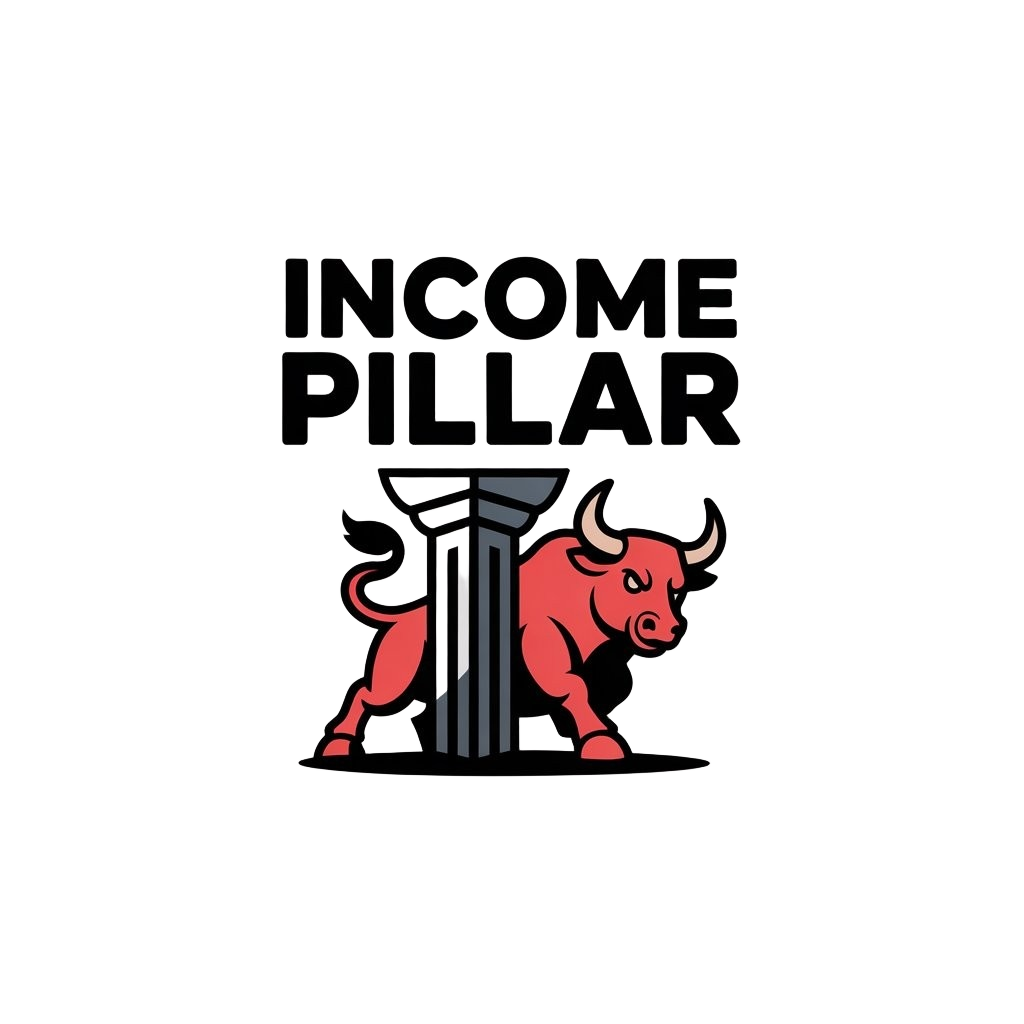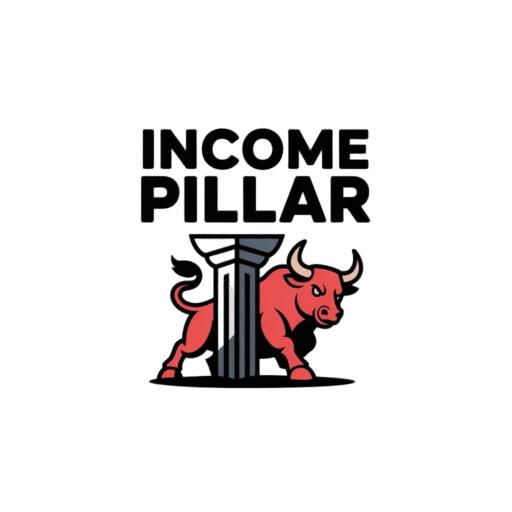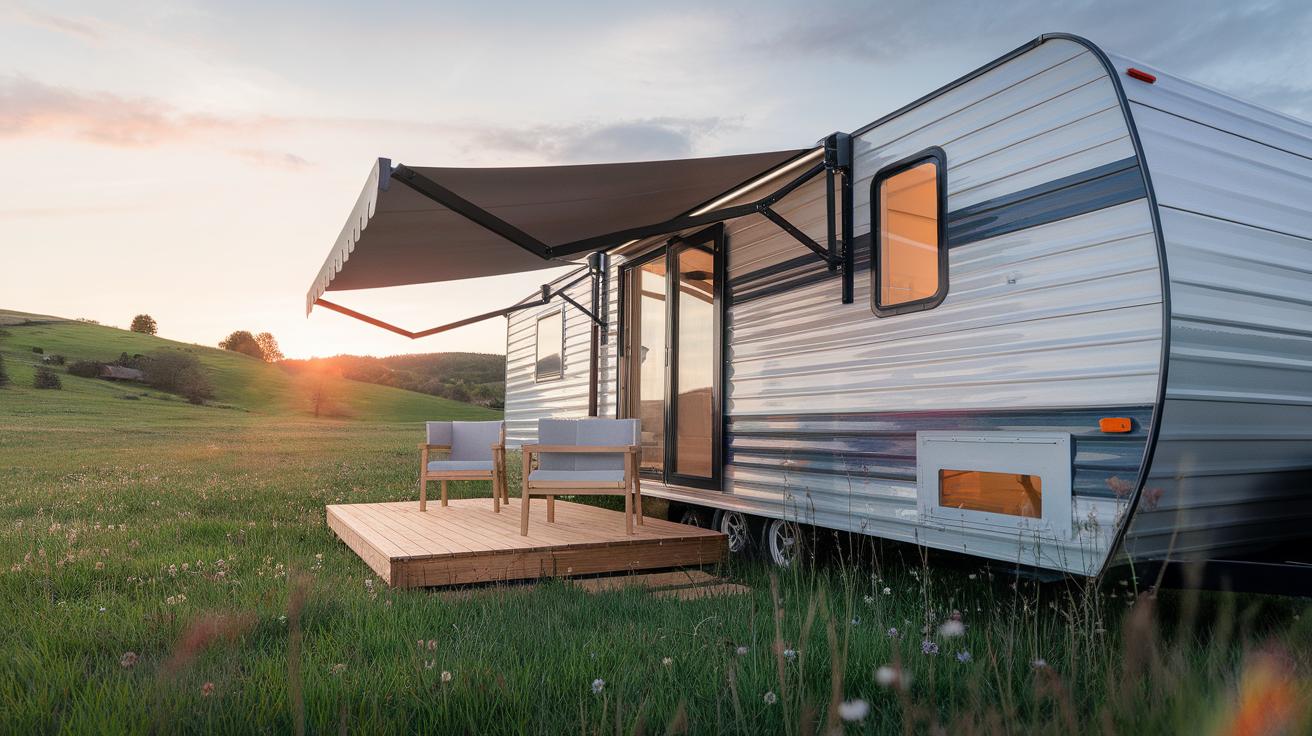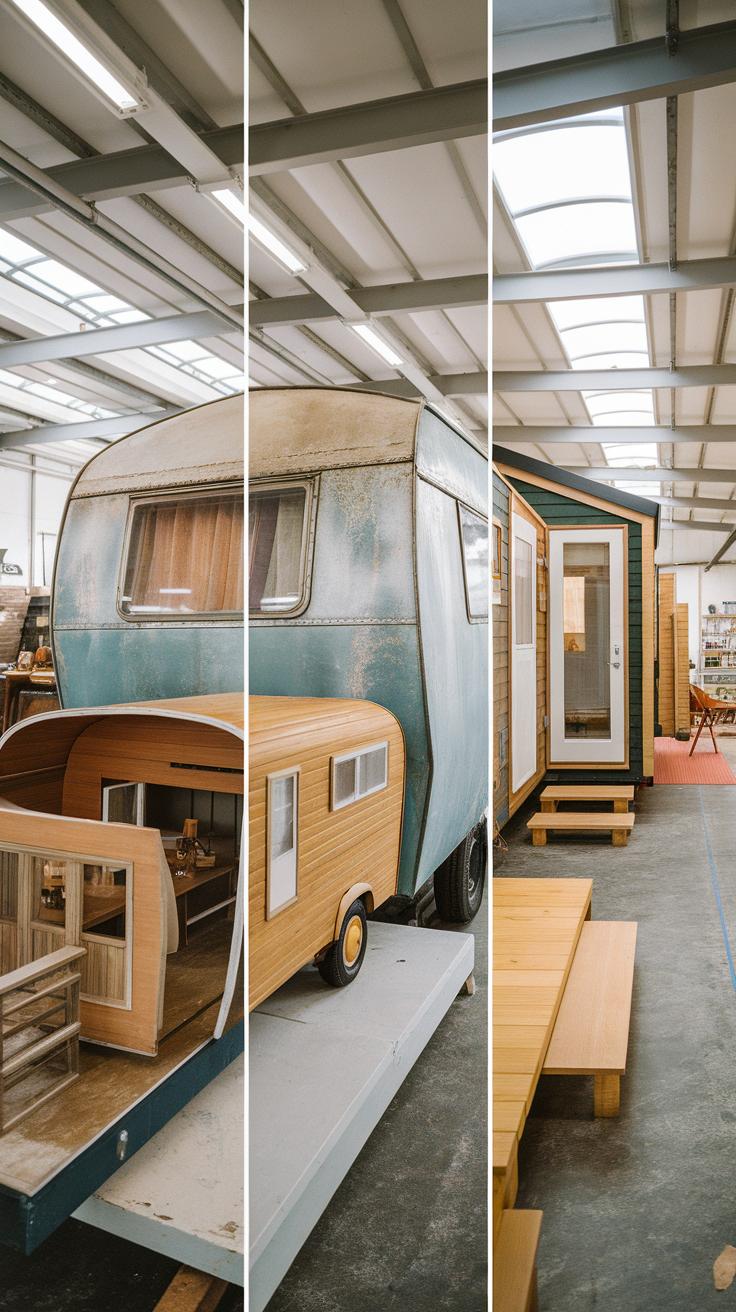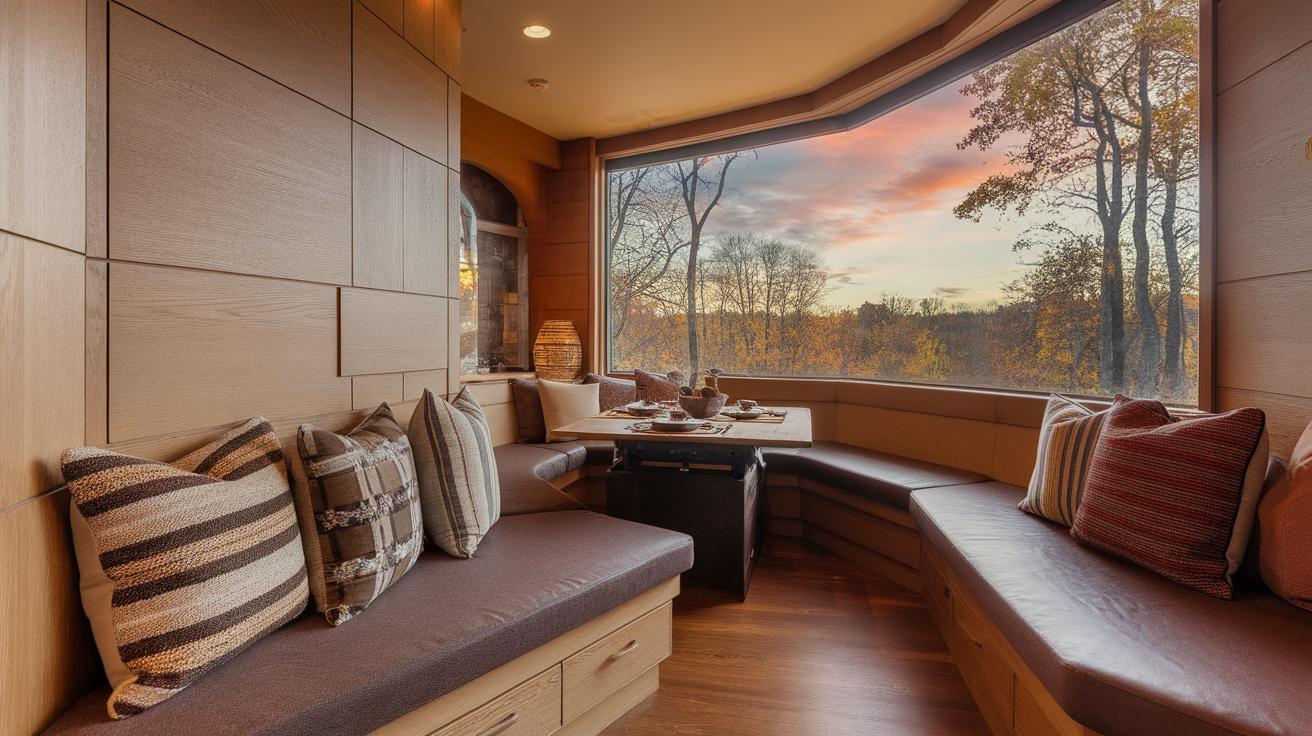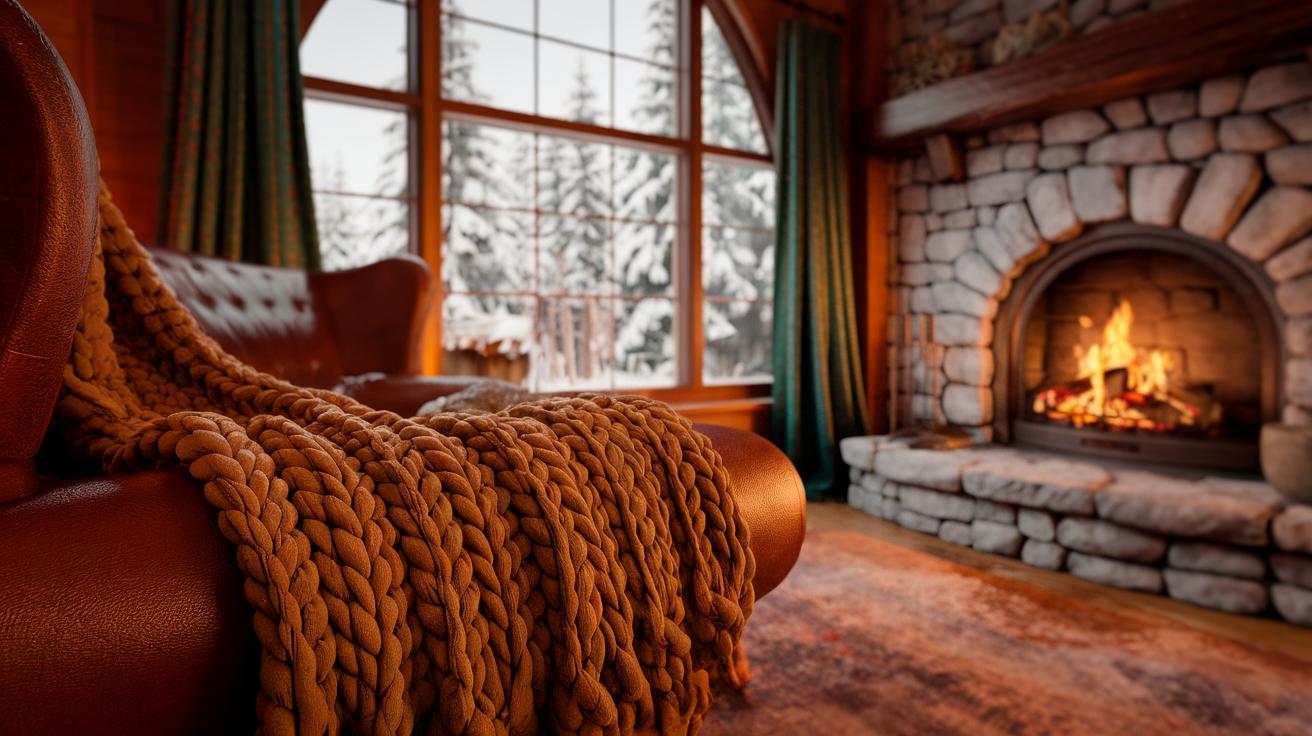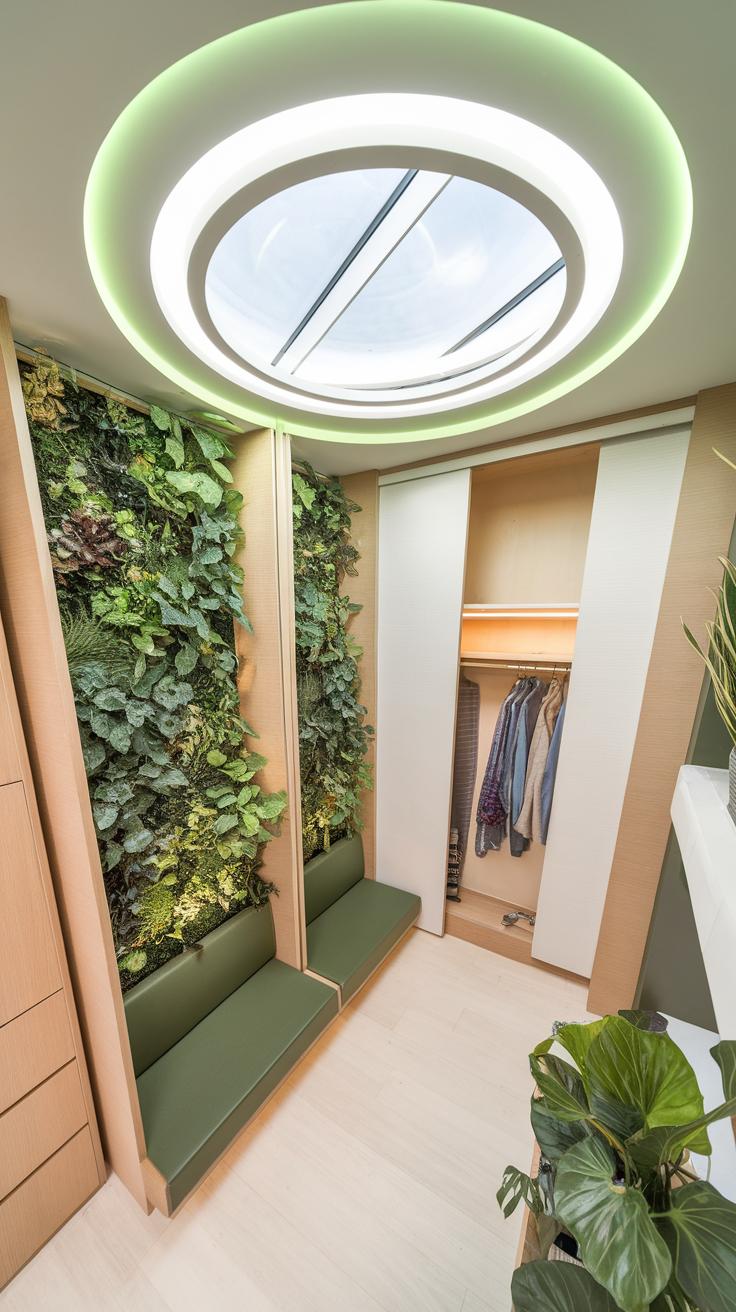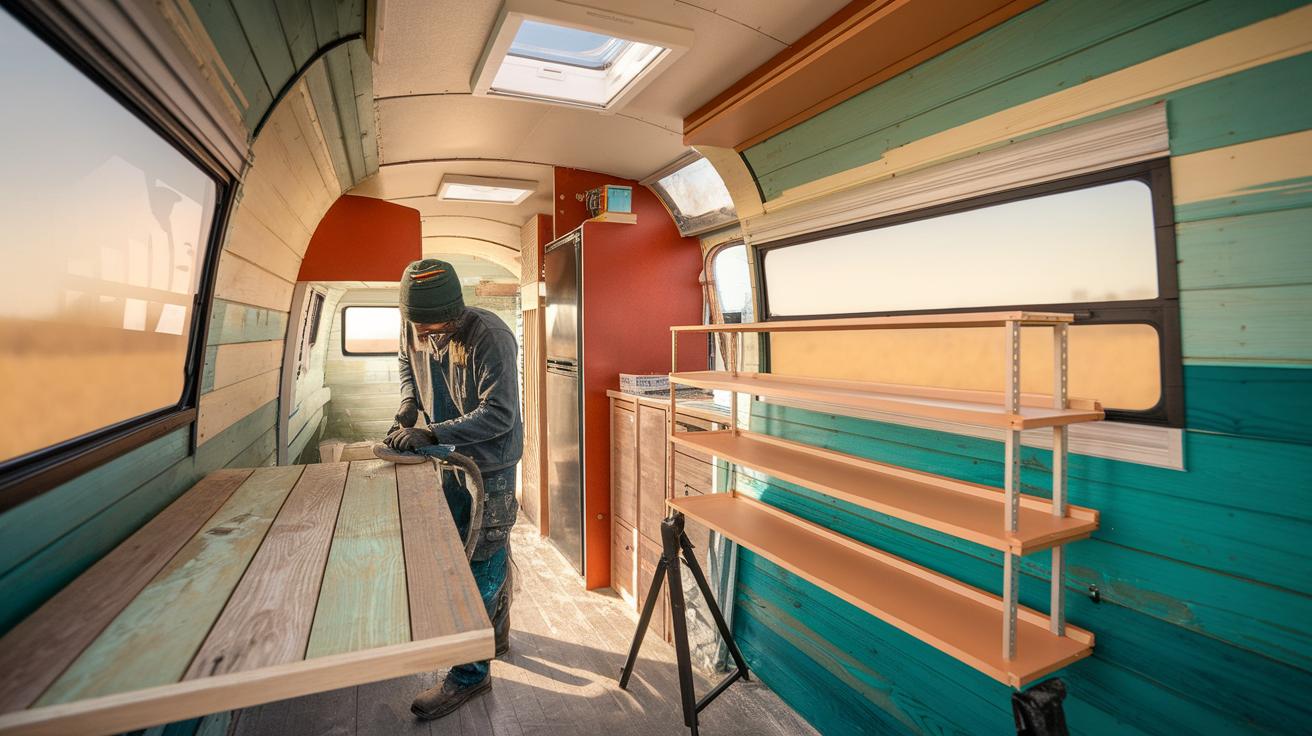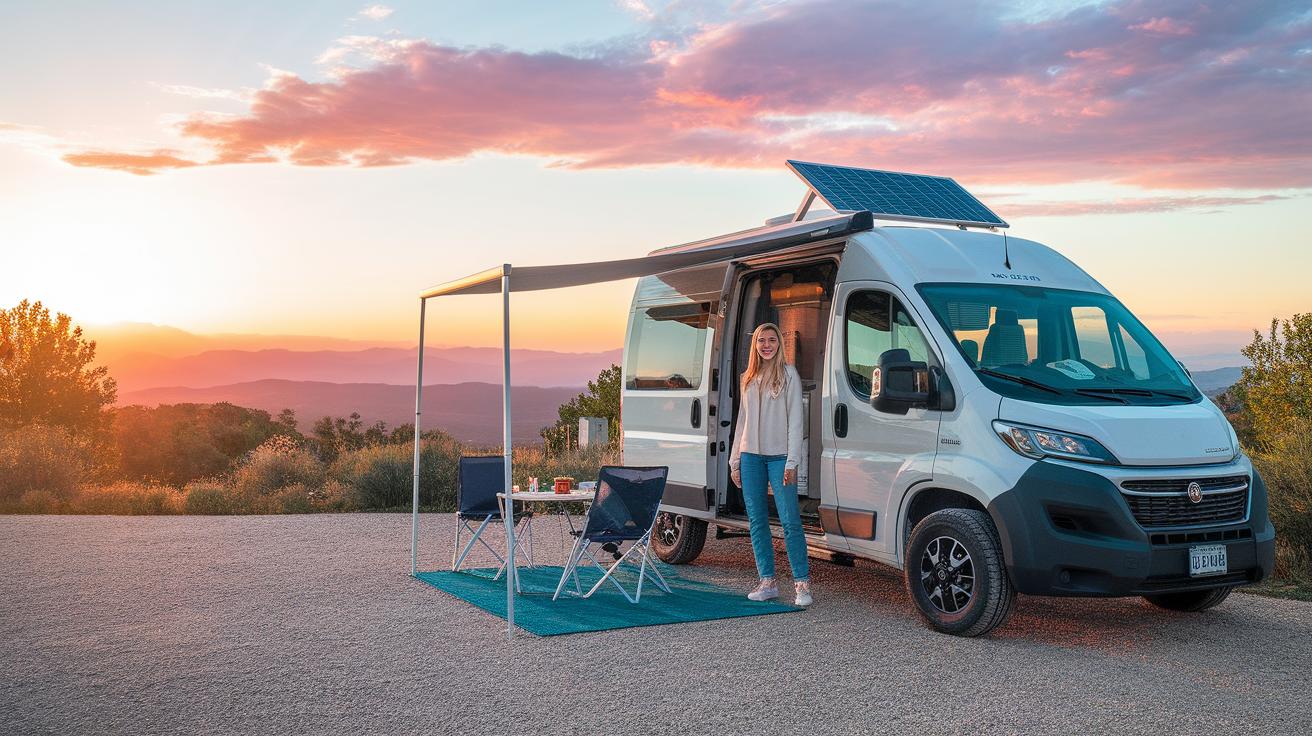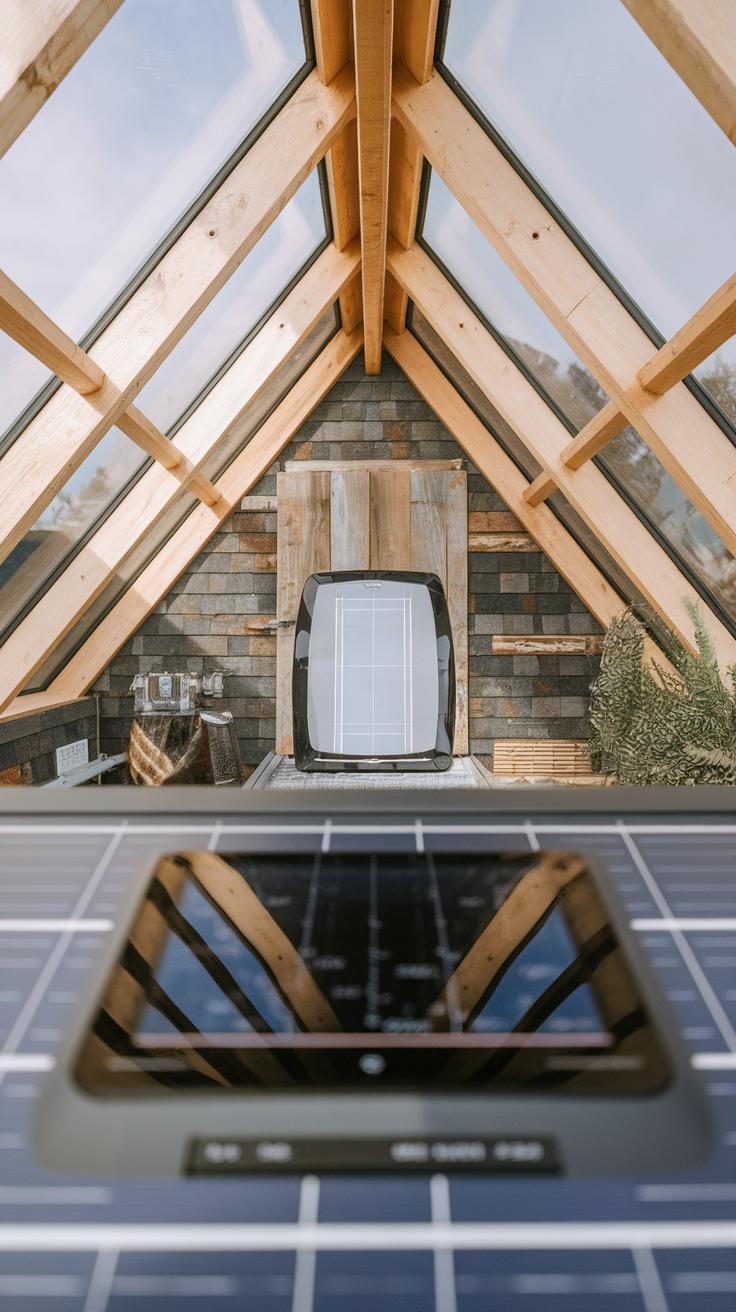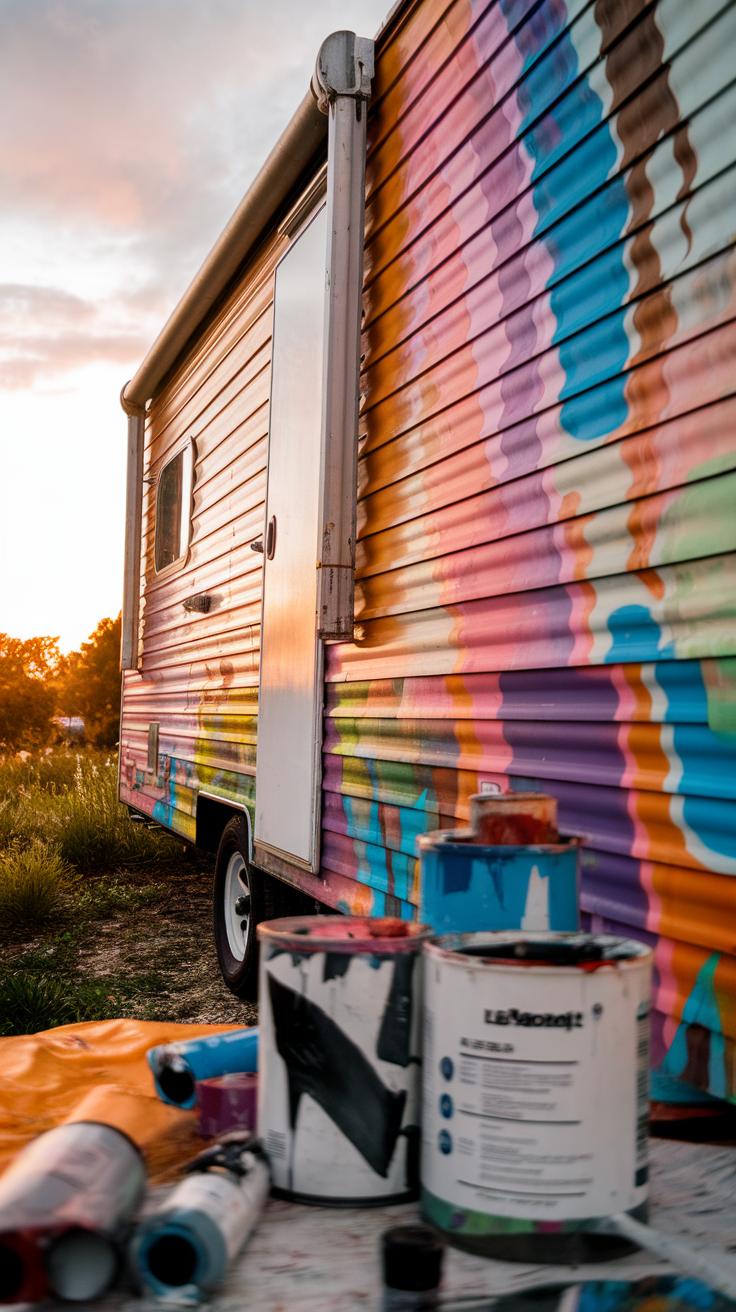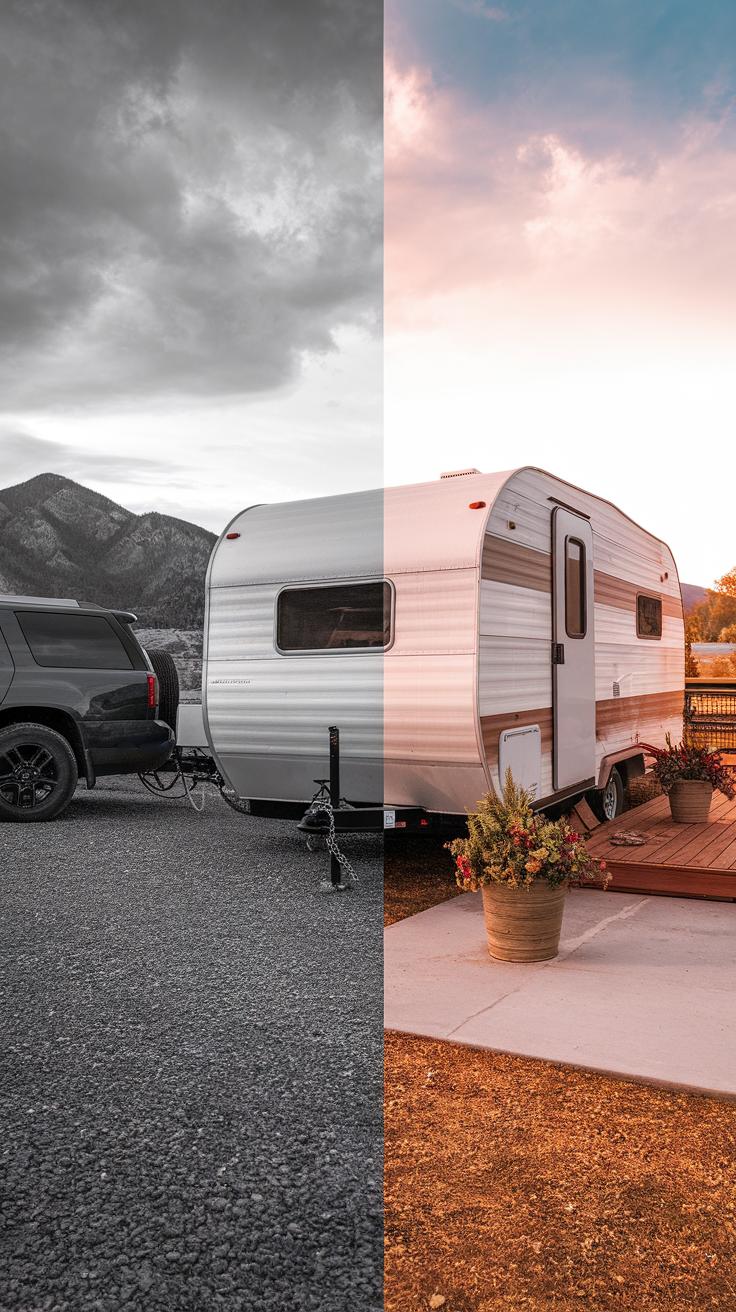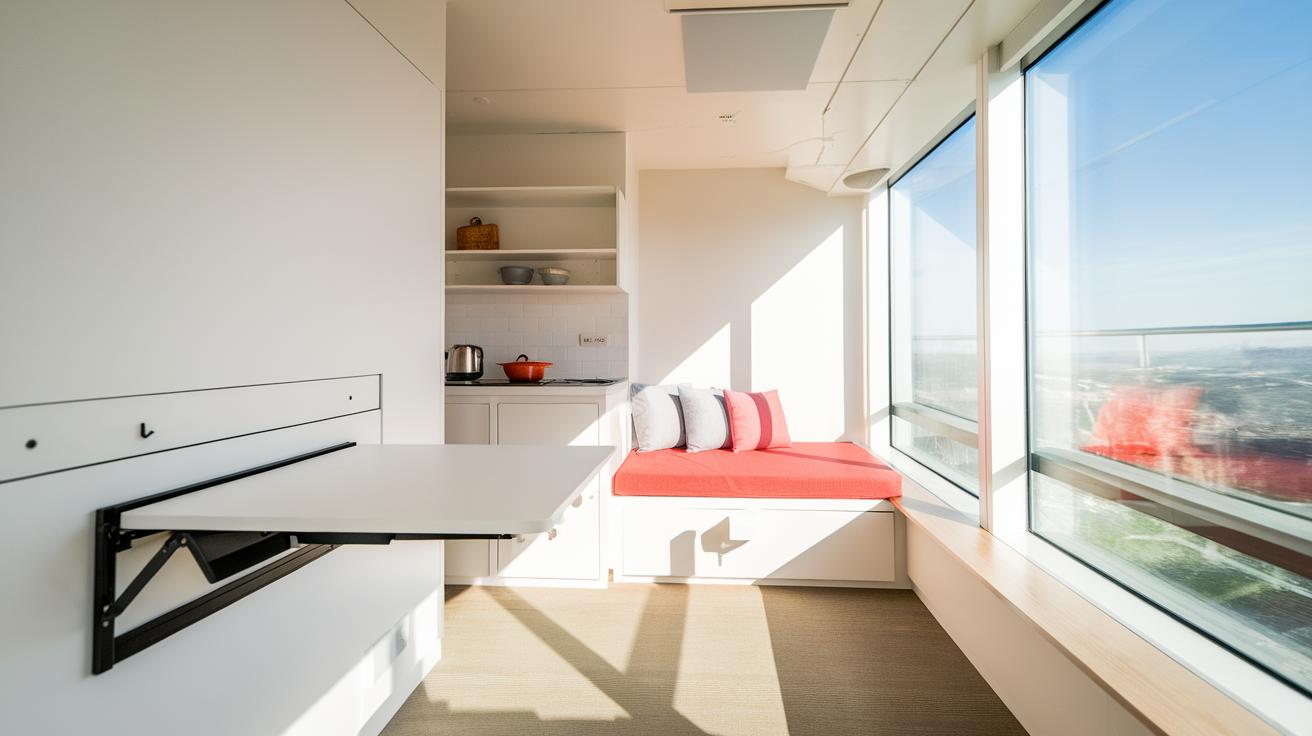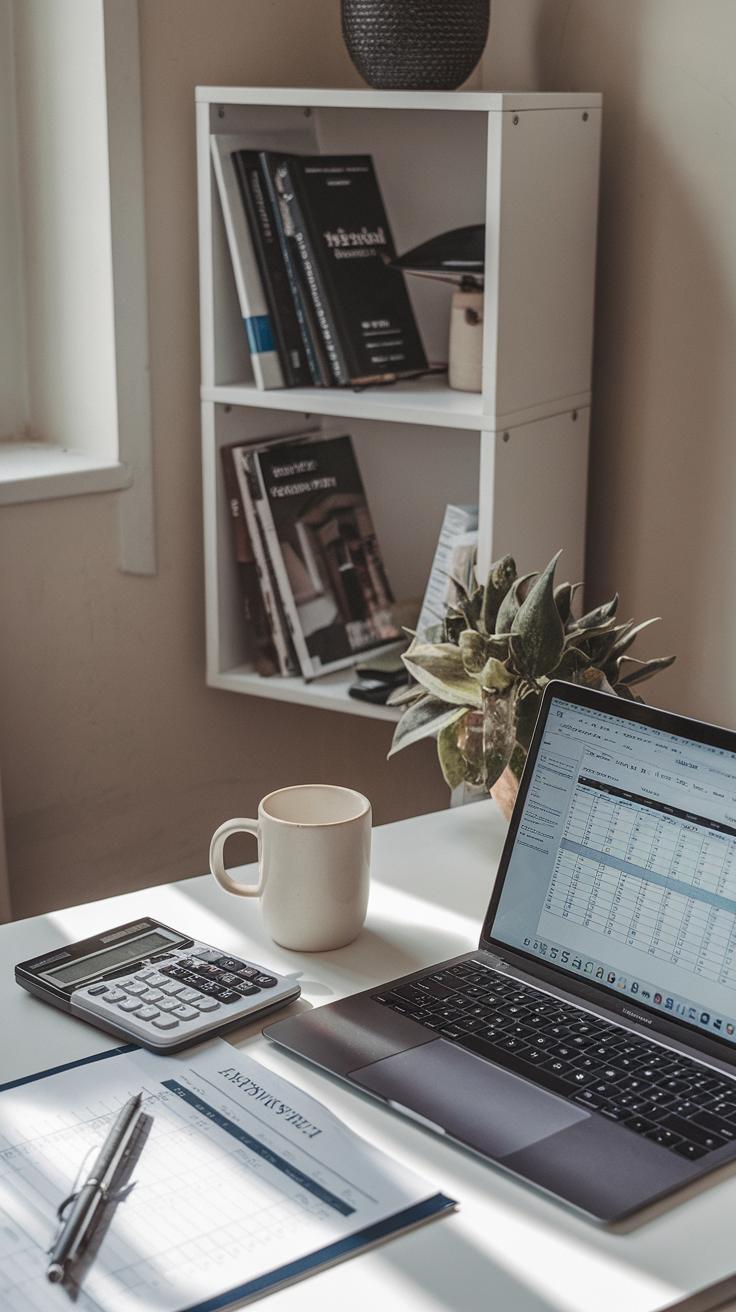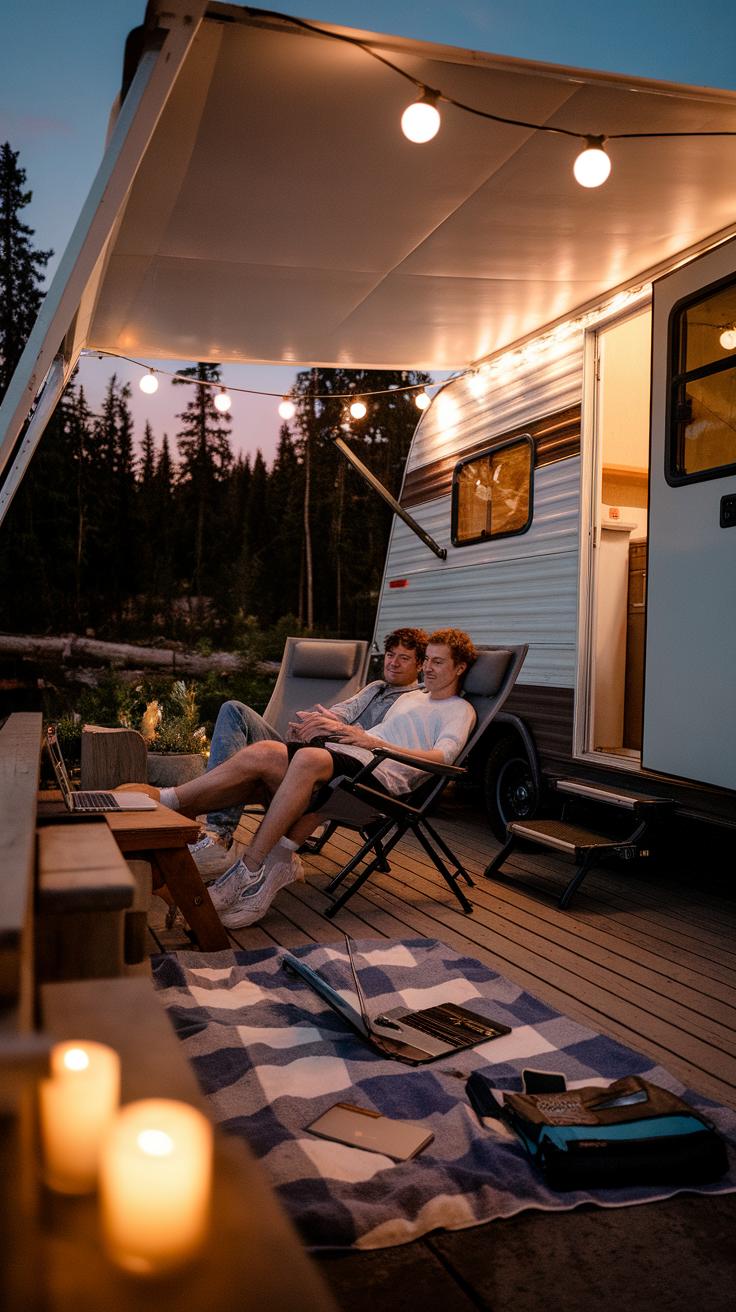Introduction
Trailer houses, also called mobile homes, offer an alternative way to live that fits well with modern needs. Originally developed for mobility, these homes have evolved into practical living spaces. They combine factory-built convenience with the possibility of permanence. For many, trailer houses are also an affordable option compared to traditional homes. The designs of these homes continue to change, responding to lifestyle needs that value efficiency, comfort, and flexibility.
The following content explores how trailer houses have transformed to meet today’s standards of modern living. You will discover how innovative design ideas enhance usability and comfort. These homes are no longer just temporary solutions but can be stylish, functional, and personalized. You may ask yourself if a trailer home could become your ideal living space, blending mobility with modern style and smart design.
The History and Evolution of Trailer Houses
Trailer houses began as simple mobile shelters for travelers on early highways. People needed places to rest during long road trips, so small trailers were built to be towed behind cars. These units offered basic shelter and convenience but were not meant for permanent living.
Over time, the focus shifted from temporary travel shelters to housing solutions that people could live in full-time. As more families sought affordable homes, trailer houses grew larger and sturdier. Builders started using stronger materials like steel and plywood to improve durability.
Factory-built mobile homes emerged as a practical choice, balancing easy construction with livability. These homes could be produced quickly and moved where needed. Their designs allowed for customization and better amenities, opening new possibilities for affordable and flexible living spaces.
From Travel Trailers to Mobile Homes
Travel trailers first served campers and vacationers who wanted portable and simple shelters on the road. These trailers were lightweight, easy to tow, and compact, designed mainly for short stays.
Mobile homes developed from these travel trailers but grew in size and comfort. Unlike travel trailers, mobile homes offered full kitchens, bathrooms, and larger living areas, making them suitable for everyday living rather than just vacations.
Travel trailers focus on mobility and short-term use, while mobile homes emphasize more permanent comfort and space. Both designs reflect different needs but share the goal of providing housing that moves with you.
Permanent Housing Through Mobile Innovation
By the mid-20th century, many people began living in mobile homes full-time. This shift led to changes in how trailer houses were built and regulated.
New rules made some mobile homes less easy to move but safer and more durable. Anchors and foundations became common, reducing the risk of damage from storms. Communities designed around mobile homes started to appear, offering stable housing options.
The balance between mobility and permanence shaped the modern mobile home. Do you want a home that can move when needed but still feels like a solid, permanent place to live? This development answered that question and changed the housing market for many families.
Key Features of Modern Trailer Houses
Modern trailer houses offer a variety of size options, such as single-wide and double-wide models. Single-wide trailers tend to be narrower and easier to move, while double-wide units provide more living space and a layout closer to traditional homes. Your choice affects both comfort and ease of transportation. Construction materials have also improved, moving from simple aluminum and wood frames to strong steel, vinyl siding, and composite panels. These materials increase the home’s durability and reduce maintenance.
Mobility remains a core feature. Modern trailer houses are designed for frequent moves without losing structural integrity. Advances in insulation now allow comfortable year-round living, even in colder climates. New roofing materials handle weather extremes better than older versions. When you consider durability, insulation, and flexible design, modern trailer houses go beyond temporary shelters to become practical, affordable homes you can live in full-time.
Size and Structure Variations
You will find trailer houses in a wide range of sizes and layouts. Single-wide trailers usually measure about 14 feet wide and up to 90 feet long. They work well if you want lower costs or easier transportation but offer less interior space. Double-wide trailers can reach 28 feet in width, allowing rooms like full kitchens and living areas, but they require special transport and setup.
Smaller sizes work better for frequent movers or tight lots. Larger options provide more comfort and room for families. Consider your lifestyle before choosing. Does your life involve moving often, or do you need a permanent space with room to grow? Size impacts your home’s flexibility and how much you can fit inside.
Enhanced Construction Technology
Modern trailer houses benefit from advances in building technology that improve durability and comfort. Roofing materials now include metal and impact-resistant shingles that last longer and better withstand storms. New insulation methods use spray foam and rigid boards to reduce heat loss and keep energy costs low.
Energy-efficient windows and doors help maintain consistent indoor temperatures. Many trailer houses use PVC or vinyl siding that resists water and pests. These updates make you feel more secure and comfortable no matter the season. Imagine spending winters without drafts or summers without overheating. Technology innovations in trailers now bring those experiences within reach for affordable homes.
Design Innovations That Maximize Space
Trailer homes have limited space, so designers must use every inch wisely. Flexible layouts change the way you live by allowing rooms to shift and grow with your needs. Multi-functional furniture does more than one job, like beds that fold into sofas or tables that expand for guests. These designs keep your trailer feeling open and comfortable, while still fitting everything you need.
Smart storage plays a big role in making trailer homes livable. By integrating storage into walls, under floors, and inside furniture, clutter stays hidden but easy to reach. When you look around your trailer, where do you see unused space? Designers target those areas to install clever storage solutions that don’t crowd you.
How can you apply these ideas to your space? Thinking about flexibility and storage first can shape your lifestyle without adding square footage. Creative design can make even the smallest trailer feel roomy and functional.
Flexible Interior Layouts
Foldable walls let you open up rooms or create privacy in seconds. A dining area can become a guest room by moving walls or sliding partitions. Open floor plans connect living, dining, and kitchen areas, making the space feel larger and easier to navigate.
Adjustable rooms change to fit your day-to-day needs. For example, you might use a space as an office during work hours and a play area in the evening. These adaptable designs make your trailer more than a fixed home—they make it a smart living space that works for you.
What activities do you want your trailer space to support? Flexible interiors give you control to reconfigure without major renovations.
Smart Storage Solutions
Built-in storage uses walls, staircases, and even ceilings to hide your belongings. Drawers under benches or beds offer hidden spots that keep your floors clear and safe. Some furniture pieces, like ottomans and coffee tables, double as storage bins for blankets, books, or tools.
Hidden compartments may include pull-out pantry shelves or fold-down desks with cubbies inside. This keeps daily essentials handy but out of sight. Storage that blends into your trailer’s design helps prevent the feeling of overcrowding.
What items clutter your current living space? Choosing furniture and fixtures with storage in mind can help you stay organized and enjoy a simpler, cleaner home.
Sustainability in Trailer House Design
Trailer homes today often focus on lowering their environmental impact through smart choices. Using eco-friendly materials helps reduce waste and pollution during construction. Builders use recycled metals and woods, or certified sustainable timber, to cut down on resource use. These materials also improve insulation, keeping interiors comfortable without extra energy. You can feel the difference when a trailer retains heat well during winter or stays cool in summer without running energy-heavy systems.
Innovative designs often include non-toxic paints and finishes. These protect indoor air quality and reduce harmful chemicals. Choosing better materials means less repair and replacement over time, saving you money and resources. When thinking about your trailer, ask if the materials come from sustainable sources and how they support energy efficiency.
Eco-friendly Materials and Construction
Builders increasingly pick recycled steel frames for trailers. Steel is durable and often made from scrap, which cuts landfill waste. Walls and floors get insulated with materials like sheep’s wool or recycled denim, which block heat without harmful chemicals. These options make living spaces quieter and more energy-efficient.
Using modular building parts reduces job site waste too. Trailer components built off-site fit together smoothly, so excess cut-off pieces become minimal. When you plan your trailer, ask about the origin of the materials and the building method to ensure it supports sustainability.
Energy-efficient and Water-saving Technologies
Modern trailer homes use LED lights that consume less power and last longer than traditional bulbs. Solar panels often get added to roofs, generating clean energy for lights, appliances, and charging devices. Heating and cooling systems use compact heat pumps or efficient mini-splits tailored to smaller spaces, which reduces electricity bills.
Water-saving fixtures play a big role too. Low-flow faucets and showerheads cut water use without lowering performance. Some trailers include greywater recycling systems, which reuse sink and shower water for flushing toilets or irrigation. These features lower utility costs and shrink your home’s environmental footprint. Do you know which technologies would suit your trailer lifestyle best?
Customizing Your Trailer House
Your trailer home should reflect your personality, lifestyle, and daily needs. Customizing it goes beyond just choosing a floor plan; it means making choices that fit how you live and what you value. You can change the exterior to match your style or blend with the surroundings. Inside, select finishes and technology that make your space feel more functional and comfortable. Think about how often you travel or settle in one place when planning upgrades. Small changes like adding smart controls for lighting or heating can make life easier. Personal touches turn a simple trailer into a true home that adapts to your routines and preferences. What changes would improve your daily living the most? What features do you want visitors to notice first? Tailoring your trailer means creating a space that works for you every day.
Exterior Customizations
Choose paint colors that suit your taste and stand out or blend in. Bright colors can brighten your mood, while natural tones match outdoor settings better. Siding options range from traditional vinyl to wood-like panels for added texture. Adding a porch or deck provides extra living space outdoors and enhances curb appeal. Consider simple landscaping ideas like potted plants or gravel paths to finish the look. Using low-maintenance plants saves time and water. Exterior lighting not only adds safety but highlights your home’s best features at night. How do you want your trailer to feel when you pull up after a long day? What can you add outside to make your living space larger and more inviting?
Interior Personalization
Cabinetry choices impact both storage and style. Select simple, clean lines for a modern feel or warmer wood tones for coziness. Flooring materials like vinyl plank or bamboo are durable and easy to clean, perfect for a mobile lifestyle. Lighting offers more than brightness; adjustable fixtures create ambiance and improve energy use. Installing smart home devices lets you control climate, security, and even appliances remotely. These upgrades increase comfort and convenience on the go. What kind of mood do you want inside your trailer? Would more natural light or better storage solutions make your days smoother? Your interior choices should make your home feel spacious and easy to live in, no matter where you park.
Mobility Versus Permanent Placement
You must decide whether to keep your trailer home mobile or set it up permanently. This choice depends on several factors that affect your daily life and budget. Mobile trailer homes let you move wherever you want, providing freedom and flexibility. However, living full-time on the road can complicate your plans if you want a stable base or need local services.
Legal rules differ between states and municipalities. Some places limit how often you can park trailers or require specific permits. Permanent placement often demands zoning approval and might involve fees or property taxes. Financially, mobile homes usually cost less upfront but may lose value over time. Permanently installed homes might appreciate and offer better financing options.
Think about how you want to live. Are you planning long travels or want a steady, familiar environment? How do your work, family, or community ties influence your choice? Balancing mobility and permanence shapes your comfort and convenience in modern trailer living.
Advantages of Mobility
Keeping your trailer home mobile lets you change your location on short notice. This flexibility suits people who work remotely or want to explore new places without leaving home behind. You can chase better weather, visit family frequently, or try different neighborhoods before settling down.
Mobility reduces housing costs linked to land ownership or long-term leases. If you value freedom over fixed roots, this lifestyle fits you well. For example, digital nomads and retirees often find mobile trailer homes ideal for combining work and travel.
However, you must consider maintenance during transit and find safe places to park. Will you adapt to limited space and access to utilities on the road? The benefits of moving often come with trade-offs you should prepare for.
Benefits of Permanent Installation
Installing your trailer home permanently adds stability to your lifestyle. You get a consistent address, which helps with mailing, schooling, and community involvement. Permanent homes often allow more customization, such as adding porches, decks, or landscaping.
This setup usually increases your trailer’s resale value and eligibility for traditional mortgages. You may also enjoy reliable utility hookups and insulation options. However, zoning laws can restrict where you park your home permanently. Some neighborhoods or counties have strict rules about trailer homes.
Before committing, check local regulations carefully. Does your desired spot allow permanent trailer placement? Would a permanent setup fit your long-term plans? Considering these questions helps you weigh security against flexibility in your trailer home journey.
Cost and Financing of Trailer Houses
Trailer houses offer a financial edge over traditional homes by cutting down initial investment costs. You can find smaller models with basic features starting around $20,000, while larger, well-equipped units may cost up to $100,000 or more. These figures often exclude the price of land or hookups, but they still tend to be significantly lower than site-built homes, which commonly start in the low hundreds of thousands. How much you spend depends heavily on size, materials, and added amenities such as energy-efficient appliances or custom interior designs.
Owning a trailer home may also reduce ongoing expenses like property taxes and utility bills. This affordability allows more people to enter the housing market or choose flexible lifestyles without overextending financially. When you compare the total costs over time, investing in a trailer house can free up funds for other priorities, such as travel or personal projects. What budget limits do you have, and could a trailer home fit your financial goals better than a conventional property?
Affordability and Initial Costs
Prices for trailer houses vary by size and features. A single-wide trailer often costs between $25,000 and $60,000. Double-wide trailers, which offer more space and additional rooms, typically range from $60,000 to $120,000. Custom builds with modern designs and smart home integration may push prices even higher.
Traditional houses usually require a larger upfront payment. For example, an average small home might cost $150,000 or more before adding land value. The simpler construction and factory assembly of trailers help lower manufacturing and transportation expenses, which in turn reduce purchase prices.
When factoring in the cost of land, utility hookups, and site preparation, trailer living is still much more accessible. Would spending less upfront on living space allow you to save or invest elsewhere? Thoughtful budgeting can make trailer homes an appealing option for both first-time buyers and those seeking downsized lifestyles.
Financing Options and Challenges
Securing a loan for a trailer house can feel tricky. Many lenders treat these homes like vehicles if they remain mobile, offering personal property loans rather than traditional mortgages. These personal loans often carry higher interest rates and shorter terms, which can increase monthly payments.
If your trailer becomes permanently installed on land you own, it may qualify for a home loan or a manufactured home mortgage. These loans often have lower rates and longer repayment periods compared to personal property loans. However, lenders sometimes hesitate because trailers can depreciate faster or lack collateral value comparable to site-built houses.
Credit unions and specialized lenders focused on manufactured housing may offer better terms. Some state programs also assist buyers with down payment help and affordable financing. Would identifying which loan type matches your situation help you plan a purchase more confidently? Understanding financing differences gives you more control over your trailer home investment and long-term affordability.
Living in a Trailer House Today
Living in a trailer house offers a unique daily experience shaped by practicality and flexibility. Space is limited, so organizing belongings carefully helps keep your home comfortable. Use multi-purpose furniture and maximize vertical storage to make daily routines smoother. Your energy and water use may require extra attention, as trailer homes often have smaller systems. Planning meals and chores around these limits can save money and reduce waste.
Finding a community is key. Many trailer homeowners join parks or collectives, which often provide shared amenities and a social environment. You might meet neighbors during local events or maintenance days, building a sense of belonging. If you stay on a standalone lot, consider connecting with nearby residents for support.
You may notice your routines change to fit this lifestyle. You might spend more time outdoors or plan errands to minimize trips. What parts of your current life could adapt well to a smaller, mobile home? Living in a trailer house invites you to rethink daily habits and embrace simplicity while staying connected to your community.
Maintenance and Upkeep
Routine tasks keep trailer homes in good shape and prevent costly repairs. Check the roof and seams regularly for leaks. Inspect and reseal windows and doors to maintain insulation. Trailers often require tire and hitch maintenance to stay safe if you move them. Clean undercarriages and wheel wells to avoid rust or damage caused by road debris.
Your plumbing and electrical systems might need extra care, especially in older models. Test water pumps, heaters, and electrical connections to avoid sudden failures. Replace filters and clean vents to improve airflow and efficiency. Winterizing your trailer before cold months is essential to protect pipes and appliances.
How can you fit these tasks into your schedule? Creating a seasonal checklist helps you stay on top of maintenance without feeling overwhelmed. Staying proactive extends the life of your home, keeps it safe, and protects your investment.
Community and Lifestyle Considerations
Many trailer homes sit within parks designed to foster community. These spaces often include playgrounds, laundry facilities, and social hubs where you can meet neighbors and share experiences. Participating in community events helps you feel connected and supported. Some parks offer workshops on home upkeep or group activities like gardening or fitness classes.
If you live on a private lot, making connections may take more effort but can deepen your relationship with the surrounding area. Inviting friends over, joining local clubs, or volunteering nearby builds a network that enriches your lifestyle.
Consider what social setting suits you. Are you drawn to the active atmosphere of a trailer park or the quiet independence of a private lot? Your choice affects daily life, from safety to friendship opportunities.
How could you use your living situation to expand your social circle and support system? Engaging with your environment creates a fuller life beyond the walls of your trailer home.
Conclusions
Trailer houses offer a viable alternative for people seeking affordable and flexible living options. Their history shows a clear shift from temporary mobility to functional permanence. Today’s modern designs use smart layouts and sustainable materials, making them well-suited for daily life while minimizing environmental impact. Personalizing these spaces ensures they meet your needs and preferences, creating a home that fits your lifestyle.
You can choose between maintaining your trailer’s mobility or establishing it permanently depending on your situation. Financing options continue to improve, making ownership easier than before. Overall, trailer houses reflect a practical, modern approach to housing. Considering the benefits, might you explore how a trailer home suits your living goals and lifestyle preferences? These innovative homes could be the smart choice for your next step.
